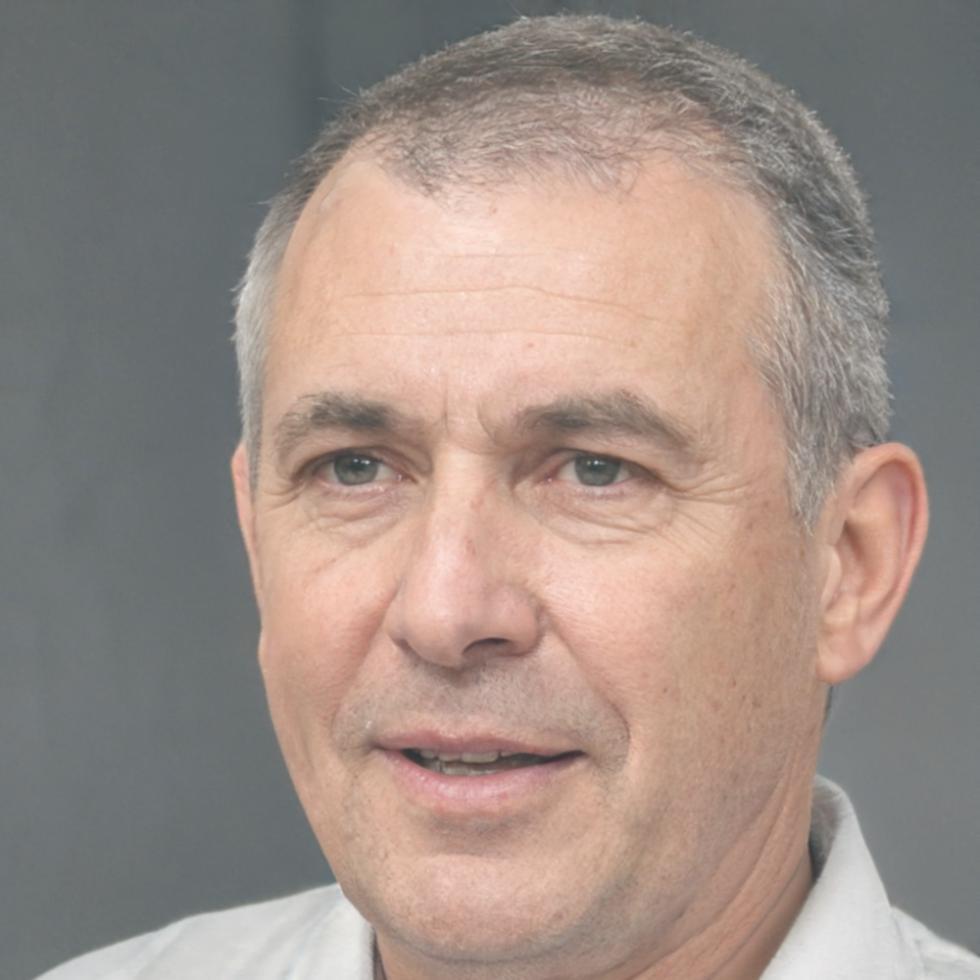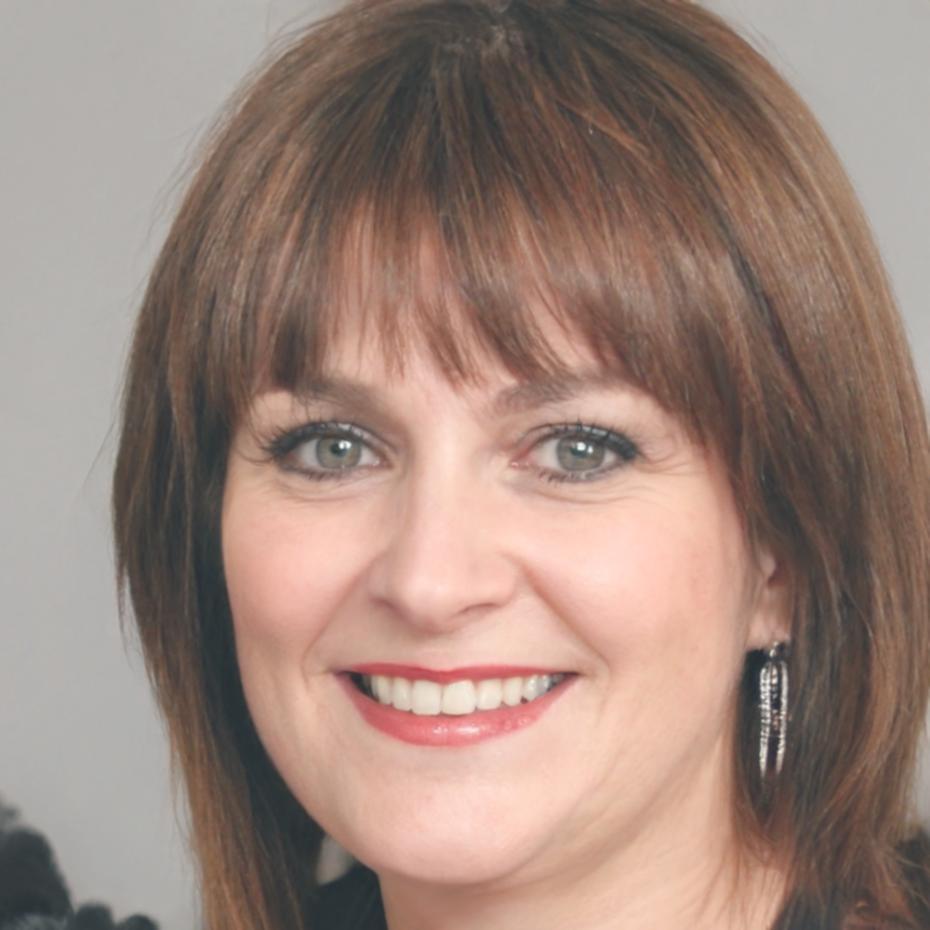Financial Planning Through Real Teaching
We don't just throw textbooks at you and hope something sticks. Our programs center on experienced instructors who've spent years working through Thailand's economic landscape. They bring actual case studies from businesses they've consulted with, mistakes they've made, and strategies that worked when the numbers looked rough.
Talk With Us
Learn From People Who've Done It
Our instructors aren't reading from theory manuals. They've managed budgets, advised companies through downturns, and rebuilt financial systems that actually work in Southeast Asian markets.

Antti Laaksonen
Corporate Finance Specialist